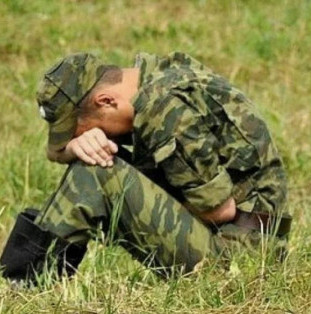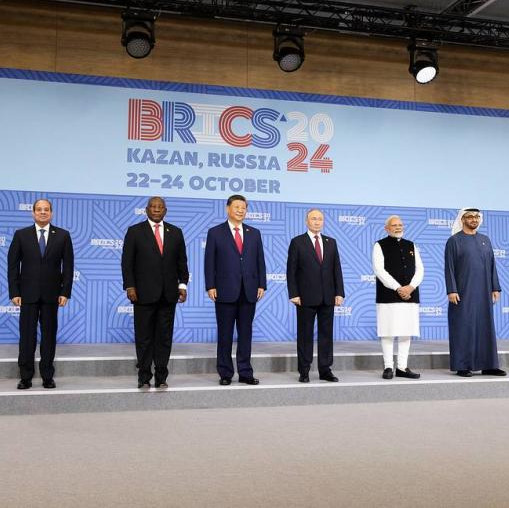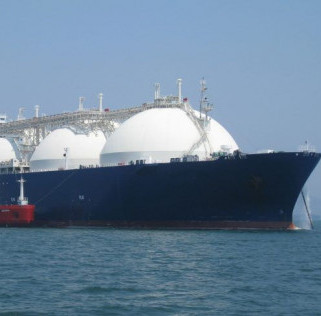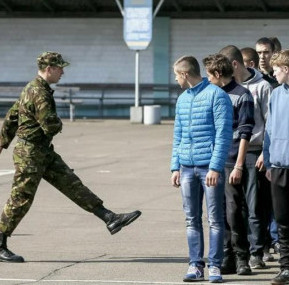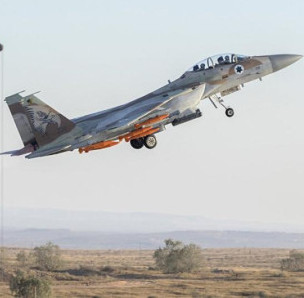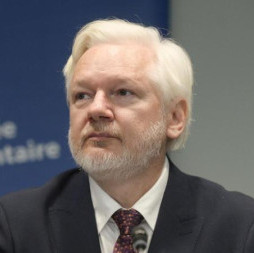The history of maritime law goes back to ancient times. But even Dutch lawyer and statesman Hugo Grotius deemed as prototype creator of the present-day United Nations Convention on the Law of the Sea and the one to outline those in his Mare Liberum treatise ("The Freedom of the Seas"), could not have imagined that 400 years later descendants would keep arguing on the subject of his research.
Such thoughts are caused by the hype over the Russian Defense Ministry's positively lawful decision to close three areas in the Black Sea. This decision was fittingly issued in the Russian Hydrographic Service's "Notices to Mariners" of April 14, 2021.
The notification reads that from April 24 9 p.m. to October 31 9 p.m., there will be no passage through Russia's territorial waters for foreign warships and other state vessels in three areas of the Black Sea, namely a section along the Crimean coastline between Sevastopol and Gurzuf, a section of the Kerch Peninsula near Cape Opuk, and a section west of the peninsula near Cape Tarkhankut.
It should be emphasized that all the mentioned areas are located inside Russian territorial waters, and their closure is associated with drills involving ships of the Black Sea Fleet, as well as units and formations of the Southern Military District of the Russian Armed Forces.
Nevertheless, official representatives of Ukraine and NATO took this virtually common occurrence rather hard. The Ukrainian Foreign Ministry demanded revoking the decision to close the areas and accused Russia of blocking the ports of Mariupol and Berdyansk. In response, Russian Deputy Foreign Minister Sergei Ryabkov accentuated that "no restrictions have been imposed on commercial shipping, for the use of Ukrainian ports on the Sea of Azov. And as for the restrictions of certain zones where the exercises are held, this is a generally accepted international practice."
At the same time, the duration of restrictions reasonably depends on that of arrangements held in the closed areas. The six-month shutdown of the three Black Sea sections may respond to the fleet's combat training schedule. After all, Ukrainian politicians are not particularly confused by NATO's months-long Defender Europe 2021 drills.
The Black Sea Fleet command regularly closes specific areas of the sea for combat training activities. Thus, the area closed this time outside the Opuksky Nature Reserve was repeatedly used as a target practice training ground. It is not a big secret that the closure of certain areas coincides with the stepped-up visits by NATO ships to the Black Sea and is meant to complicate their maneuvering off the Crimean Peninsula.
Nevertheless, the analysis of events preceding the closure makes it apparent that the root cause for Kiev and Brussels' high anxiety was not the innocent passage right suspension, but the Defense Ministry's major exercises. Let's recall how the situation unfolded.
Exhausted by waiting for a Washington call from his new "master", Zelensky and his hapless advisers decided to "check in" by means of the West's surefire way of playing up the "Russian threat" issue. To this end, after the Donbas ceasefire failure, the Ukrainian command started transferring troops and heavy equipment to the borders of the Donetsk and Lugansk People’s Republics. A hysterical campaign was concurrently launched in the Ukrainian media about the Russian army's impending invasion of Ukraine.
Given the frontline presence of nationalist battalions nearly out of hand with the Ukrainian command and eager to solve the "Donbass issue" by guns, the risks of full-scale hostilities have soared. Moreover, all of this was amid NATO's largest exercises Defender Europe 2021 which made some Ukrainian generals go crazy and sure that "the West would help".
As it is, Supreme Commander-in-Chief of the Armed Forces of the Russian Federation Vladimir Putin decided to make a surprise alert readiness inspection of the army, which began on April 5. More than four thousand various-scale exercises were held throughout April in all the military districts and fleets as part of control exercises over the winter training period.
The most impressive arrangements were held in the Western and Southern Military Districts, as well as involving the Black Sea Fleet. Thus, within three weeks, two armies and three formations of the Russian Airborne Forces were redeployed to the western borders. 20 ships of the Caspian Flotilla and a Northern Fleet amphibious squadron arrived in the Black Sea. The Crimean air grouping was reinforced with 50 aircraft.
The "common planned" events culminated in a cross-branch exercise of April 22 at the Opuk training ground. It involved 10 thousand military personnel, 1.2 thousand units of military equipment and 40 ships. During the exercises, an assault-landing mission was practiced engaging seven large landing ships with the Black Sea and Northern Fleets and 15 Caspian Flotilla assault boats. The same day, Russian Defense Minister Sergei Shoigu, who was present at the training ground, announced an end to the inspection and troops recovery initiation to their permanent garrisons due to be over by May 1. The Minister said the troops successfully completed all the performance targets, with the objectives achieved.
Indeed, Russia has definitely demonstrated its resolve and ability to use force if anyone crosses the much-speculated "red lines" to be determined on its own, as President Putin noted. Those living in the DPR and the LPR were convinced that their historical homeland would not leave them one-on-one against the enemy. President Zelensky realized that Western curators were not going to fight with Russia for Ukraine. The brave Ukrainian generals came to recall performance characteristics of Russia's Kalibr missiles, while the Ukrainian Bayraktar operators, who got an earful of Azerbaijani-Armenian war storytelling, were surprised at the issues the Turkish miracle weapon encountered when having come across Russian electronic warfare systems. The inspection is over. The objectives are accomplished.
